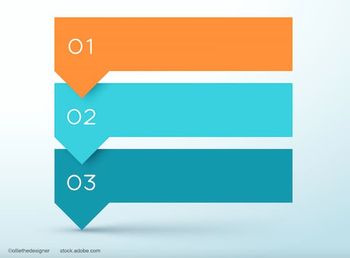
Characteristics of patients seeking in-office glaucoma follow-up care after an ER visit
About 65% of patients sought follow-up care for glaucoma after presentation to the Wills Eye Hospital emergency room (ER), according to Elliot G. Cherkas, BSc, the lead author of the study.
Not all patients sought follow-up care for glaucoma after presentation to the Wills Eye Hospital emergency room (ER), about 65% of the patients did so, according to Elliot G. Cherkas, BSc, the lead author of the study. He is from Sidney Kimmel Medical College, Thomas Jefferson University, Philadelphia.
Mr. Cherkas and coauthors conducted a retrospective chart review to home in on the clinical characteristics and demographic factors of the patients who presented for follow-up care after an ER visit for glaucoma.
The study, conducted from October 1, 2020, to March 1, 2021, included all patients who presented to the ER within those dates, to identify those referred for glaucoma care, regardless of their choices after the ER care.
The demographic data collected included the age, gender, zip code, and language; the clinical characteristics included the medical comorbidities, glaucoma type, previous glaucoma surgeries, visual acuity, intraocular pressure, and the cup-to-disc ratio, the follow-up at glaucoma subspecialty appointments, and the need for urgent surgery within 14 days of the ER visit. The authors defined blindness as a best-corrected visual acuity of20/200 or less.
Of the 7,438 patients who presented to the ER during the study period, 192 (2.6%) were referred for glaucoma follow-up care. The mean patient age was 60.6 years, and more than half, 55%, were women. Most patients were Black or Caucasian, i.e., 45% and 32%, respectively.
Almost two-thirds, 65.4%, were examined in a glaucoma subspecialty setting during the subsequent 30 days after presentation to the ER; 35.4% did not seek follow-up care. The investigators were unable to determine the status of 3 of the patients.
“Compared to patients who did not follow up within 30 days, those who did follow up were less likely to be unilaterally or bilaterally blind during their ER visit (45.9% vs. 54.5%, p = 0.024) and were more likely to require urgent surgery (29.5% vs. 4.7%, p < 0.01),” the authors concluded.
Newsletter
Don’t miss out—get Ophthalmology Times updates on the latest clinical advancements and expert interviews, straight to your inbox.













































.png)


